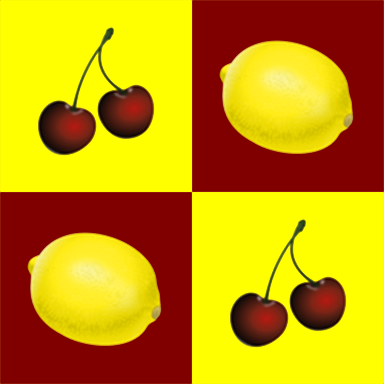The Unusual Graphic Art of M. C. Escher
Monday Talk: 24 March 2025
7 pm (Beirut Time GMT+2)
Speaker: Akram Najjar (English)
Click To Register
Click the button to Register for the free ZOOM talk
After registering, you will receive a confirmation email to be used on the date/time of the meeting.
Alert: if you do not receive a confirmation email, get in touch with Karaz w Laimoon (Click Here).
The Talk
Escher was a Dutch graphic artist (1898-1972). His work was
on woodcuts, lithographs and mezzotints (a monochrome printmaking process of
the intaglio family). Although he was very well known during his lifetime, he
became universally known during the Flower Era where everyone had an Escher
work in their room.
His diverse works include real life art but most
importantly, he concentrated on graphics of:
1) Real and Surreal Life works
2) Reflections
3) Tessellations (Regular Filling of the Plane)
4) Irregular Filling of the Plane
5) Transformations
6) Escher’s "Print Gallery"
7) Escher’s "3 Metamorphosis Works"
8) A Distorted View of the World
9) Impossible Objects
10) Infinite and Limits
(Hyperbolic Geometry)
11) Unusual (but possible
Objects)
This talk will run through the different categories of his
art showing a large number of examples as well as videos of intereviews with Escher and a few on how his artworks were created.
A graduate of AUB in Physics and Mathematics (1966). By 1969, he completed a degree in Electronic Engineering in University of Hertfordshire, UK. His professional life was spent in Information Technology and organizational management. He spent a lot of time on reengineering business and public sector processes.
When Akram was 11, he had a problem with his knee which necessitated his staying in bed for 6 months. To keep him busy, his mother moved their record player to his room and that is when he fell in love with classical music. Akram never studied music, academically. However, it interested him so much that he took an analytic view of classical music always insisting that works must be understood to be really appreciated.
Based on his love for science and mathematics, he got involved in puzzles, recreational mathematics and kept up to date with scientific findings.



